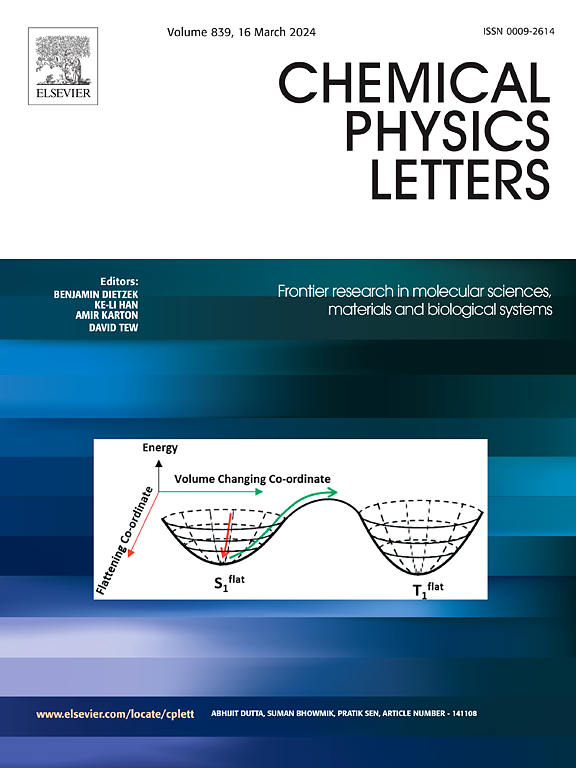Influence of cis–trans isomerization induced by photoexcitation on the antioxidant properties of piceatannol and its derivatives
IF 2.8
3区 化学
Q3 CHEMISTRY, PHYSICAL
引用次数: 0
Abstract
In recent years, free radicals have been identified as key contributors to various diseases, with UV irradiation significantly accelerating their proliferation. Consequently, the search for molecules with enhanced antiradical properties under photoexcitation has become urgent. Notably, we are pioneering the use of molecules with unique photoisomerization reactions to initiate a new chapter in the development of novel antioxidants. Herein, this study examines the influence of cis–trans isomerization induced by photoexcitation on the antioxidant properties of piceatannol and its derivatives. Using systematic quantum chemistry calculation methods, we assessed thermodynamic parameters, ionization potential, frontier molecular orbitals, and global descriptive parameters to simulate their antioxidant capabilities in the cis- and trans-forms at the S0 and S1 states. Thermodynamic analysis revealed that among the candidate molecules, the hydrogen atom transfer (HAT) mechanism is the most favorable reaction pathway. Thrillingly, we found that the photoexcitation can enhance the antioxidant activity of the studied molecules. Remarkably, in contrast to the S0 state, cis-structures exhibit superior antioxidant properties in the S1 state. On the whole, our findings would provide new insights and theoretical guidance for the development of antioxidant molecules.

求助全文
约1分钟内获得全文
求助全文
来源期刊

Chemical Physics Letters
化学-物理:原子、分子和化学物理
CiteScore
5.70
自引率
3.60%
发文量
798
审稿时长
33 days
期刊介绍:
Chemical Physics Letters has an open access mirror journal, Chemical Physics Letters: X, sharing the same aims and scope, editorial team, submission system and rigorous peer review.
Chemical Physics Letters publishes brief reports on molecules, interfaces, condensed phases, nanomaterials and nanostructures, polymers, biomolecular systems, and energy conversion and storage.
Criteria for publication are quality, urgency and impact. Further, experimental results reported in the journal have direct relevance for theory, and theoretical developments or non-routine computations relate directly to experiment. Manuscripts must satisfy these criteria and should not be minor extensions of previous work.
 求助内容:
求助内容: 应助结果提醒方式:
应助结果提醒方式:


